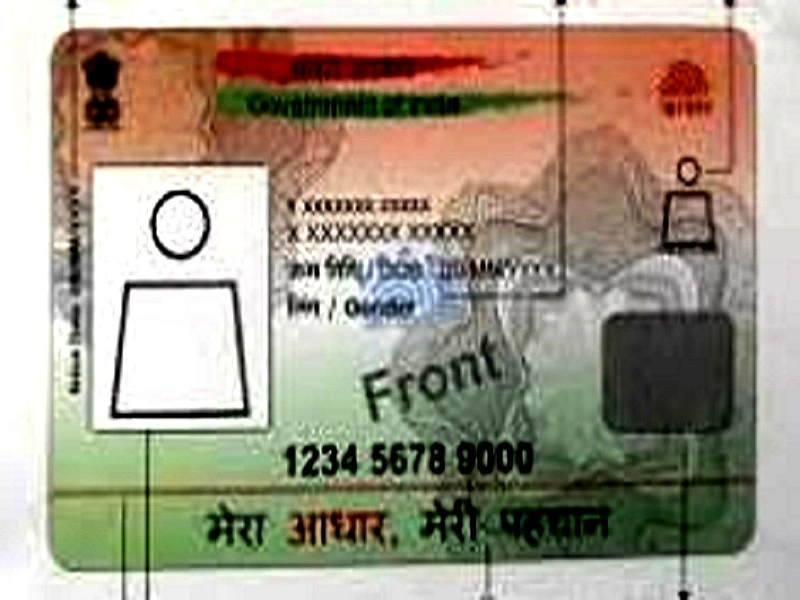
“The Indian Supreme Court had earlier overturned the rulings in this case in August 2017, recognizing basic rights like privacy in a historic decision. Along with the voluntary provision of various biometric (commonly recognized as UIDAI ID or UIDAI number, a 12-digit unique identification number obtained voluntarily by all residents of India based on their biometrics including 10 fingerprints, 2 iris prints, and a photograph) and asset-related information, the Supreme Court’s constitutional bench reaffirmed a number of aspects, including privacy, oversight, and welfare benefits. The Indian government formed the Unique Identification Authority of India (UIDAI) in January 2009, under the Ministry of Electronics and Information Technology, to gather data in accordance with the requirements of Aadhaar. The 2016 Aadhaar Act addresses.
In the globe, Aadhaar is the biggest biometric identity system. Paul Romer, chief economist at the World Bank, called Aadhaar “the most sophisticated ID program in the world.” Proof of residency is more important than citizenship, therefore Aadhaar does not grant any right to remain in India. The Home Ministry made it clear in June 2017 that Indian nationals visiting Nepal and Bhutan do not need to have an Aadhaar card.
Prior to the law’s enactment, UIDAI began operations on January 28, 2009, as an associated office of the Planning Commission, which is now known as NITI Aayog. In order to give Aadhaar legal backing, the Aadhaar (Targeted Delivery of Financial and Other Subsidies, Benefits, and Services) Bill was introduced in Parliament on March 3, 2016. On March 11, 2016, the Lok Sabha passed the measure.
The Supreme Court has rendered many rulings regarding Aadhaar. The Supreme Court declared in an order dated September 23, 2013, that “no one should suffer to get Aadhaar.” It was further said that as Aadhaar is optional rather than required, not possessing it should prevent the government from denying access to services. In other rulings, the court further restricted the programs’ reach and upheld Aadhaar’s voluntary nature. Several cases based on Aadhaar contested the validity of Aadhaar. The deadline for connecting Aadhaar to different services was extended by the Supreme Court’s constitutional bench on January 9, 2017, providing relief till the court’s final decision. On January 17, 2018, the last hearing got underway.
The Supreme Court confirmed the legality of the Aadhaar scheme in September 2018. The Supreme Court ruled in September 2018 that Aadhaar is not required in order to access schools, register bank accounts, or get a mobile number. Due to privacy concerns, a few civil liberties organizations, including the Indian Social Action Forum (INSAF) and the Citizens Forum for Civil Liberties, have rejected the proposal.
The national government is pressuring residents to link their Aadhaar numbers to a multitude of services, including bank accounts, mobile SIM cards, land registration, death registration, and other services, even as the legitimacy of Aadhaar is still being contested in court. These include the Mahatma Gandhi National Rural Employment Guarantee Act, employee provident fund organizations, public distribution systems, pension plans for the elderly, and public health insurance programs. According to reports from 2017, because Aadhaar has unintentionally become necessary for the reach of services, the requirement to produce it in order to identify HIV patients has to be postponed because of concern about violating confidentiality.”
The goal of this translation is to retain the Gujarati content’s original meaning while ensuring readability and clarity. Please ask for help if you need it any more!
Update Demographics Data & Check Status


